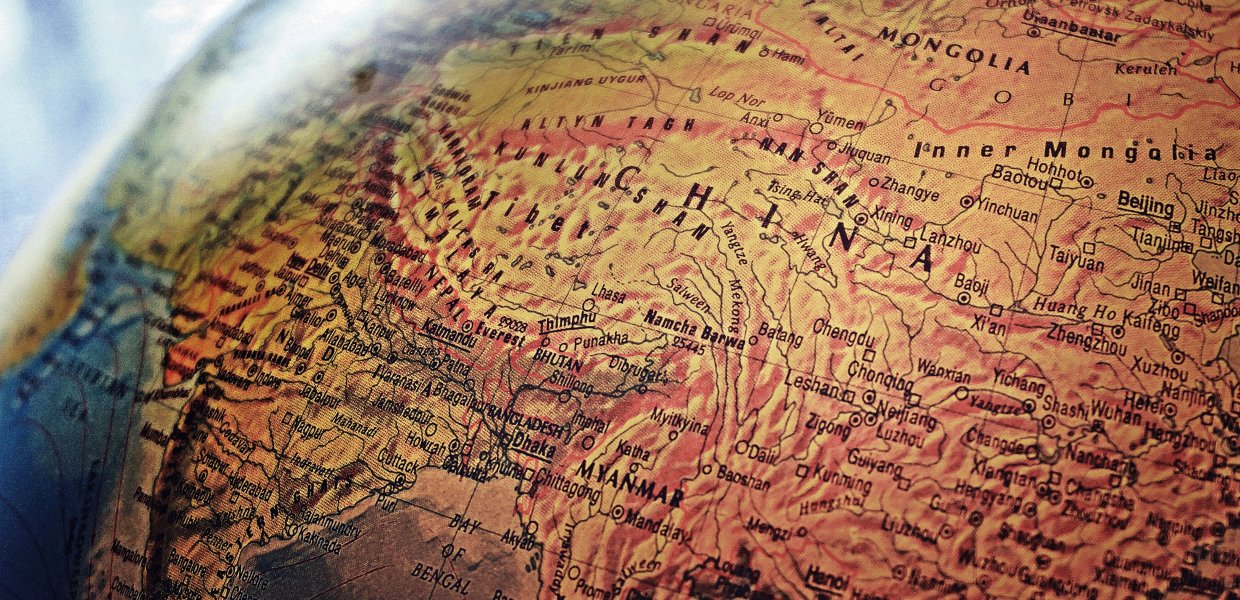
China’s Belt and Road Initiative in action: Economic, environmental, social and political impact
Saturday, April 10, 2021
9 a.m. – 12:30 p.m. PT
Online
Xi Jinping began talking about China’s Belt and Road Initiative in Kazakhstan in 2013, but China’s government began encouraging firms to “go out” in the late 1990s. More than 100 countries and nearly 30 international organizations have signed Belt and Road memoranda of understanding with the Chinese government to cooperate with Beijing on facilitating connectivity and trade and fostering people-to-people exchanges. Countries in Africa and Latin America have signed on to participate. For this workshop, we’ll focus on the Belt and Road Initiative in Southeast and Central Asia. The initiative has sought to bind China to its neighbors through physical infrastructure and telecommunications and to foster trade and investment. China’s leaders want to develop the country’s border regions and create conditions for continued economic advance.
Of course, trade networks between China and the rest of Eurasia have a long history. These networks have been so important that in 1988 UNESCO launched its Silk Roads Programme. Many states mandate that secondary school social studies and history courses introduce the idea of the cultural and economic impact of Silk Road exchanges. Our aim is to help teachers understand how history helps shape responses to the initiative and how the initiative may be changing opportunities and relationships across Asia. We’ll look at how various peoples across Asia have responded to the initiative and at the varied impact the initiative has had on the region’s economies, environments and cultures.
Funding for the workshop comes from the Freeman Foundation to the National Consortium for Teaching about Asia and the Center for International Business Education and Research at the University of Colorado, Denver.
Co-sponsored by the Association of Asian Studies Committee for Teaching about Asia.
This program is open to all eligible individuals. USC Annenberg operates all of its programs and activities consistent with the University’s Notice of Non-Discrimination. Eligibility is not determined based on race, sex, ethnicity, sexual orientation, or any other prohibited factor.